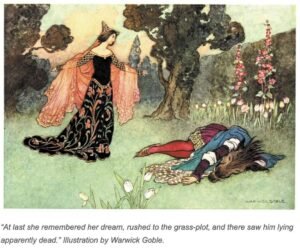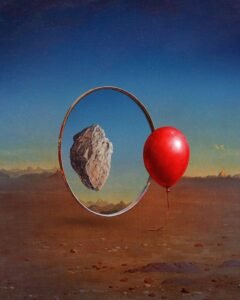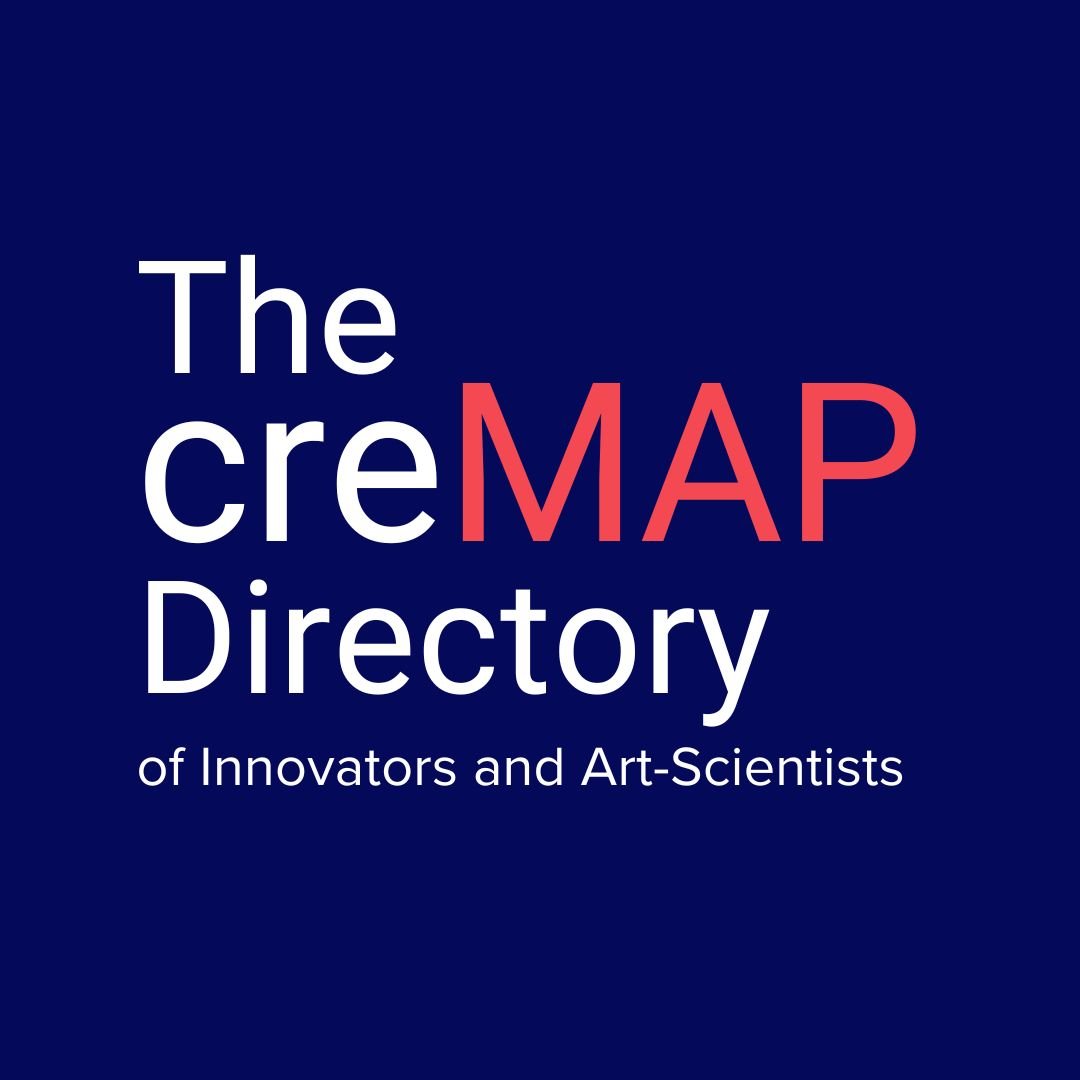For Eva Sánchez Martz, movement came before words. “Dance was my first language, the way I understood the world before I had the words to describe it,” she reflects. Later, neuroscience entered her life almost out of necessity, offering a way to give structure and vocabulary to what she had long intuited through motion.
Now a neuroscientist and choreographer, Eva operates in-between frontiers, where art and science don’t simply coexist but actively shape one another.
From Intuition to Inquiry
The dialogue between dance and neuroscience, Eva explains, was not immediate. It emerged gradually, as she began noticing the overlap between the questions she explored in the studio—questions about decision-making, habit and transformation—and those studied in neuroscience.
Her dual practice stems from curiosity rather than convenience. “The key to being recognized in both communities has been insistence, consistency and results,” she says. Rather than trying to prove she belongs, Eva builds authority in her interdisciplinary approach through rigour, offering insights that genuinely matter to each field.
“What ultimately earned trust,” she notes, “was not only training, but the ability to produce meaningful tools and perspectives in response to real problems, problems that dancers, choreographers and scientists all encounter.”
Facing Skepticism
When Eva first began bridging dance and neuroscience, skepticism came from both directions. Scientists often saw dance as illustrative or anecdotal, while dancers worried that science might reduce the personal or emotional aspects of movement.
Over time, she has seen these divisions soften. “There’s growing appreciation that dance is not only expressive but capable of producing knowledge,” she explains. For Eva, this is especially clear in the study of embodiment—the ways we think, feel and know through our bodies.
In her view, dance doesn’t just depict cognition, it reveals it. Through timing, rhythm and spatial intuition, dance brings to light dimensions of thought that are otherwise invisible.
Walking Fully in Two Worlds
Eva’s credibility across both fields stems from immersion, not from standing halfway between them. “My background as a neuroscientist is not peripheral, it’s central to my identity, just as my choreographic work is,” she emphasizes.
This dual fluency allows her to communicate effectively in both contexts, though not without effort. “I’ve sometimes felt the need to overprepare when speaking in scientific settings, anticipating doubt,” she admits. “When my authority is questioned, I try to respond not with defensiveness, but with clarity and patience.”
She sees these moments of tension not as personal attacks but as signs of discomfort with hybrid identities, proof that the boundaries she’s challenging are real.
Institutional structures, she acknowledges, often lag behind this hybrid reality. Interdisciplinary scholars and artists can fall between funding systems, job categories and traditional evaluation models.
“What’s needed,” Eva argues, “is structural flexibility, frameworks that recognize collaborative knowledge, artistic research and the value of process.”
Encouragingly, she’s noticed signs of change, especially within institutions willing to rethink what counts as research. “The shift is happening,” she says, “but it takes courage to build those bridges.”
The Studio as a Cognitive Laboratory
In Eva’s choreographic practice, the dance studio becomes a living laboratory. A typical rehearsal begins with sensory awareness through stillness, breath or slow improvisation, followed by structured movement tasks that are often informed by neuroscientific ideas.
“Sometimes I introduce the theoretical framework first,” she explains, “but often dancers come to understand it through the body. They reflect as they move.” Over time, her performers develop a shared language of scientific curiosity and artistic sensitivity, co-constructing new forms of knowledge rather than merely illustrating concepts.
Choreography, she suggests, is a powerful method for studying cognition itself. “It’s a laboratory for adaptation, iteration and invention under constraint,” she says. Watching dancers solve movement problems reveals how creativity unfolds not just intellectually, but physically, relationally and emotionally.
One of Eva’s core research interests lies in mental representation and imagery. “Dance doesn’t just illustrate mental imagery, it enacts it,” she explains. Through movement, dancers externalize the invisible workings of the mind, making cognitive processes tangible and observable.
In this way, dance and neuroscience share a common goal: both strive to make externalize the invisible. Whether mapping neural pathways or tracing gestures in space, each uncovers patterns of thought that shape how we perceive and move through the world.
Toward a Broader Understanding of Knowledge
For Eva, art-science collaboration isn’t about blending aesthetics and data for the sake of novelty. It’s about broadening the very definition of knowledge. “Dance challenges the idea that cognition happens only in the brain,” she says. “It shows that cognition is lived, distributed and deeply embodied.”
Her work encourages both scientists and artists to reconsider where knowing takes place – not in isolated disciplines, but in the dynamic interplay between body, mind and environment.
When asked what she would tell others beginning their own art-science journey, Eva’s response is both grounded and hopeful: “Stay close to your questions. Let curiosity lead. Don’t rush to categorize yourself.”
This kind of work, she reminds, takes time. It’s like “building bridges while walking across them.” For those willing to keep walking, the reward is a richer, more integrated understanding of what it means to think, move and know
Reference
Sánchez Martz, E. (2025, August 5). Art-Sci Currents Interviews, Ep.7 – In-Between Frontiers [Interview by N. John].




